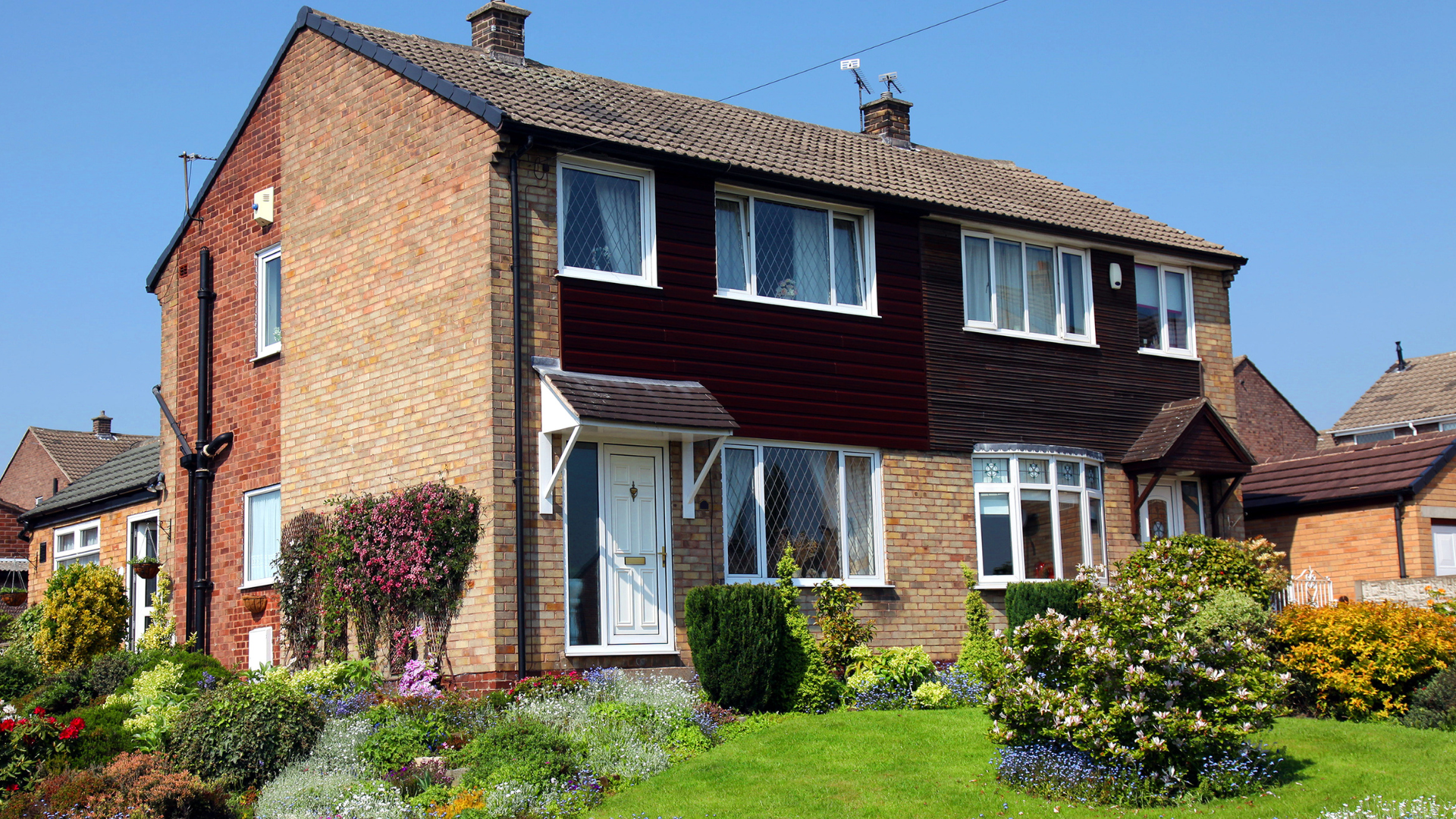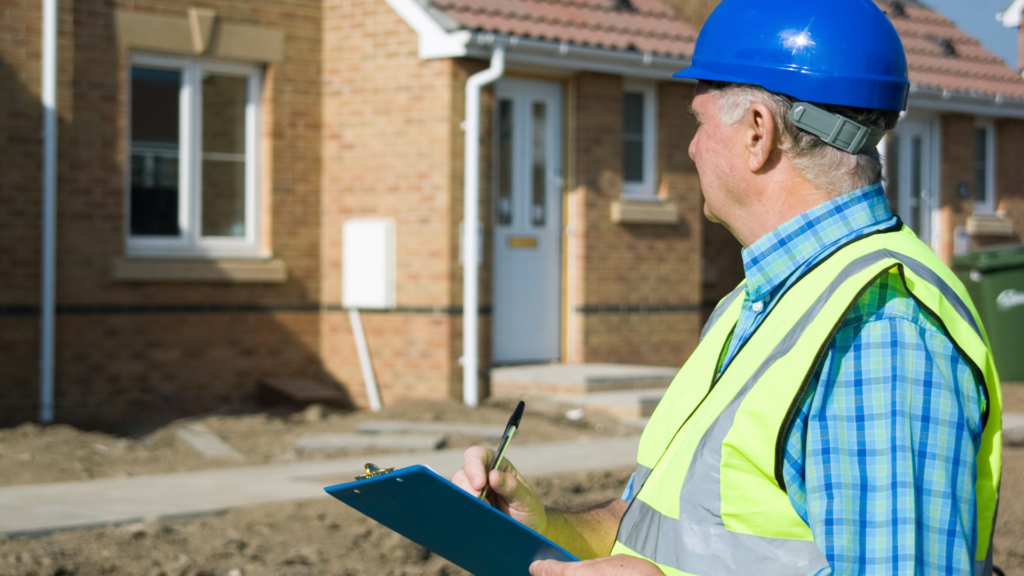- What Is a Flying Freehold?
- Should You Buy a House with a Flying Freehold?
- Can You Get a Flying Freehold Mortgage?
- Why Do Mortgage Lenders Worry About Flying Freeholds?
- What Happens if Your Neighbour Doesnât Cooperate?
- Are Flying Freeholds Common in the UK?
- Key Takeaways
- The Bottom Line: Flying Freehold Meaning: Is It Worth It?
Flying Freehold Explained: What It Means for Your Mortgage

Thinking about buying a property with a flying freehold?
It’s an interesting option, but there are a few things you’ll want to understand before diving in.
Flying freeholds—where part of your property extends over or under someone else’s land—can make the mortgage process a bit more complicated.
But with the right advice and legal protections in place, it’s definitely manageable.
Let’s explore what you need to know to make an informed decision.
What Is a Flying Freehold?
A flying freehold is when part of your property, like a room or balcony, extends over someone else’s land or property.
For example, you might have a room above a shared archway or a balcony that hangs over your neighbour’s garden.
The term “flying” simply means that part of your building is over or under another property. The “freehold” part means you own that section of your property outright.
Flying freeholds are more common in older buildings with unusual designs. However, they can lead to some complications, especially with things like maintenance and repairs.
Examples of flying freeholds include:
- An upper-level room that extends over a shared archway.
- A balcony overhanging someone else’s land.
- A part of the property that relies on support from a neighbour’s wall, such as on a steep hill.
- A multi-storey building where the layout prevents straightforward divisions between units.
While this might seem simple, flying freeholds can come with complications. The big question is often about ownership and what happens if something needs repair.
This can make even the calmest conveyancer a bit uneasy, as figuring out who is responsible for what can be tricky if problems arise.
Should You Buy a House with a Flying Freehold?
Good question—and a really important one.
Flying freeholds can be perfectly fine, but you need to be aware of the potential challenges. These properties can bring headaches when it comes to maintenance.
Let’s say your overhanging room relies on the structure of your neighbour’s building.
If that part of their property needs a repair, you might find yourself in a spot of bother—especially if your neighbour isn’t in a rush to fix it.
Most flying freeholds come with legal agreements called covenants that outline who’s responsible for what, but these agreements can vary.
Without proper covenants in place, you’re stuck trying to convince your neighbour to play ball, which can make even the best relationships awkward.
And as much as we’d all love to live next to neighbours who are as charming as the ones in an old BBC sitcom, the reality can sometimes be different.
So, what’s the verdict?
Buying a property with a flying freehold isn’t necessarily a deal-breaker. But you’ll need to make sure that you’ve got solid legal advice and proper agreements in place.
Otherwise, it’s probably better to keep looking for something a bit more straightforward.
Can You Get a Flying Freehold Mortgage?
The answer is… it depends.
Some lenders are fine with giving you a mortgage on a property with a flying freehold, as long as the “flying” part makes up less than 10-15% of the property. Others, however, will quickly disapprove.
The issue for lenders is the risk involved. If there are shared responsibilities that aren’t clearly sorted in a legal agreement, they might worry about problems with maintenance.
After all, no one wants to be stuck paying for repairs because a neighbour didn’t fix their part of the structure.
But don’t worry—if you’re set on buying a property with a flying freehold, there are lenders who can help.
You’ll just need to put in a bit more effort. It’s a good idea to work with a broker who has experience with flying freeholds, as they’ll know which lenders are more likely to say yes.
Why Do Mortgage Lenders Worry About Flying Freeholds?
Mortgage lenders worry about flying freeholds because of the risks involved. Imagine you’re a bank lending money for a house, but part of that house depends on the neighbour maintaining their property.
If the neighbour doesn’t look after their part, the value of your property could drop, and that’s a risk banks want to avoid.
As we’ve mentioned, some lenders have strict rules, like only lending if the flying freehold makes up less than 20% of the property.
Others are more flexible, depending on the situation.
This is why it’s worth getting advice from a mortgage broker who knows how to handle flying freeholds. They can point you to the right lender.
What Happens if Your Neighbour Doesn’t Cooperate?
This can be tricky, which is why having legal agreements, like deeds of covenant, is so important. These agreements clearly outline who is responsible for what in a flying freehold situation.
If your neighbour isn’t playing ball, you can protect yourself with flying freehold indemnity insurance. This one-off payment covers potential legal costs if there’s a dispute over maintenance.
While it won’t force your neighbour to fix things, it does give you some peace of mind.
Another option is to convert the flying freehold into a leasehold. This means creating a long lease (often 999 years) for the flying part, which provides clearer rights and makes it easier to work with lenders and neighbours. However, this can be expensive and may have tax implications.
Are Flying Freeholds Common in the UK?
Flying freeholds aren’t exactly rare—you’ll find them dotted all over the UK, particularly in older buildings or homes that have been converted in creative ways.
They tend to pop up in quaint rural cottages, converted barns, or Georgian townhouses where properties have been split and extended in all sorts of directions.
These are properties with character, and often, a flying freehold is just part of the charm.
In most cases, having a flying freehold doesn’t necessarily mean you’re heading for trouble. Plenty of people live quite happily with their quirky property arrangements.
But it’s definitely something to be aware of, especially if you’re new to the world of property ownership.
Flying freeholds mean a bit more paperwork, a few more questions for your solicitor, and perhaps a longer chat with your mortgage broker—but it doesn’t mean your dream home is off-limits.
Key Takeaways
- A flying freehold means part of your property extends over or under a neighbouring one—think balconies, rooms above shared spaces, or unevenly stacked buildings.
- Getting a flying freehold mortgage is possible, but can be a bit more complicated. Some lenders are cautious, while others are more flexible.
- It’s important to have clear access rights and responsibilities for any repair work—make sure you get a deed of covenant or consider indemnity insurance if needed.
- Converting the flying freehold to a leasehold structure is another option, but it can be costly and requires legal expertise.
- Flying freeholds are more common in older buildings, especially in the UK, and can add a bit of unique charm to your home. Just make sure you know what you’re getting into.
- The decision to buy a property with a flying freehold comes down to your risk tolerance. If you love the house and are prepared to deal with a few extra legalities, it could still be the perfect home for you.
The Bottom Line: Flying Freehold Meaning: Is It Worth It?
So, should you go for a flying freehold? It really depends on the details.
If the flying part is small, well-supported, and there are solid legal agreements in place, it could be a good opportunity.
If you’re not too worried about a potentially tricky neighbour, a flying freehold might suit you just fine.
However, if you prefer less risk, want a simple purchase, or don’t want the hassle of extra paperwork, it might be better to consider other properties.
Knowing what works best for you is key when it comes to choosing your home.
Get in touch with us and we’ll connect you with a qualified mortgage broker who can help you find the perfect mortgage for you.
Get Matched With Your Dream Mortgage Advisor...

Frequently asked questions
Is a flying freehold a bad idea?
Not necessarily. Flying freeholds aren’t inherently problematic, but they do require a bit more attention. The key is making sure all access and maintenance responsibilities are clearly defined.
How do I protect myself when buying a flying freehold?
Work with an experienced solicitor, make sure covenants are in place, and consider indemnity insurance.
Does a flying freehold make it harder to sell a property?
It might make things a little more complicated, but flying freeholds are common enough that they don’t generally stop a sale. It helps to have all legalities in order and work with experienced professionals to make the process smoother.
What happens if the flying freehold needs repairs?
You’ll need a deed of covenant in place that spells out your rights and responsibilities, or you can get flying freehold indemnity insurance to cover legal and repair costs.
How much is flying freehold indemnity insurance?
Typically, it costs a few hundred pounds as a one-off payment. It gives you some peace of mind but doesn’t solve everything, so it’s best used alongside a clear agreement with your neighbour.
Who owns the land under a flying freehold?
The owner of the flying freehold owns the part that extends, but not the land below. That’s owned by the freeholder of the neighbouring property.




